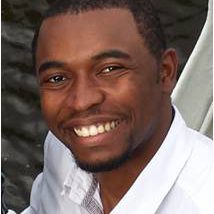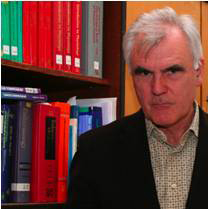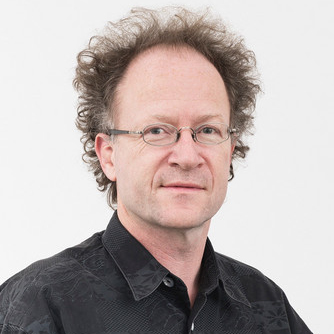The Virtual Physiology Developers

Hans A. Braun
Dr. .rer. physiol., Dipl. Ing.,
Professor (PD) of Physiology. Head of the Virtual Physiology developers group at Marburg University and director of the production company BM&T GbR, Marburg Office
Project Coordination, Didactic Concepts, Mathematical Algorithms

Aubin Tchaptchet
Dr. Dipl. Ing.(FH)
IT & QA Manager
Realization of the virtual labs including web design with electronic delivery and licensing
Most important for the implementation of realistic and didactically valuable virtual laboratories is the advice of experienced researchers, teaching and programming experts.

Karlheinz Voigt
Prof. emer., Dr. med.
Physician, Pharmacologist
Previous Director of the Physiological Institute at the University of Marburg
Contents and Didactics

Martin Ch. Hirsch
Prof. of AI in Medicine at the University of Marburg
Founder of ada GmbH
Concepts and Design

Horst Schneider
Dr.rer.nat.
Biologist and Software Developer
Concepts, Design, Programming
(SimPatch)
The Virtual Physiology series can only be realized in highest scientific, technical and didactic qualities in cooperation with professional digital media companies.
Daniel Mohnke
Dipl. Inf.(FH).
Educay, Hallgarten
Design and Programming SimHeart and SimVessel
Jirka R. Dell’Oro-Friedl
Prof. for Digital Media and Game Design at the University of Furtwangen
Founder of Entertrain Software GmbH, Mainz
SimHeart and SimVessel Programming Concepts and Design
Richard Sfez
Tina Braun
Dipl. Des.
Graphics, Animation, Movies, Design
Background
The first Virtual Physiology series has been developed by our group already in the mid-nineties of the last century. Since then, virtual laboratories like SimNerv, SimMuscle, SimHeart etc. has been used in supplement or replacement of practical courses with animal preparations by tens of thousands of students worldwide.
However, to get external support the developers were requested giving the rights on the Virtual Physiology programs to a publishing house. After almost 20 years without any updates, when the programs were no longer running on nowadays operating systems, we finally could get the rights back. We immediately started reprogramming the Virtual Physiology teaching tools – in own responsibility and on own costs. We didn’t want to become again dependent on external investors or always
insecure grant approvals and definitely will not again give away the rights on our work. The new Virtual Physiology series is distributed by the developers themselves who also guarantee, with a group of younger investigators, for continuing support.
The new laboratories, fully reprogrammed, are coming along in flexible, resolution independent form for use on all current Windows versions and will continuously be updated. The didactic principle of offering completely equipped laboratories for free experimentation thereby has been retained. Minor mistakes in previous algorithms have been eliminated and new features have been added according to new computer technologies and recent scientific insights.
Tutorials and protocol forms are now integral part of the programs, directly accessible from the virtual labs. In the licensed versions they are also provided in editable form to allow individual adjustment according to specific tasks. Student’s results can be documented and stored or directly be overtaken in the protocol forms. The low resolution preparation videos will be replaced by high resolution video clips of the preparation and the experimental set-up.
We have overtaken the challenge of reprogramming the Virtual Physiology teaching tools because of several mails that we received during recent years asking for updates and because we noticed that the didactic concept of providing virtual laboratories for free experimentation still seems to be unique – despite of hundreds of physiology teaching tools that nowadays are offered. This is apparently also the opinion of colleagues from other universities, as indicated by several messages like the following one which we recently received: “We are really interested in upgrading our outdated Virtual Physiology software to newer versions because we believe that there’s no better physiology simulation software on the market right now.”
